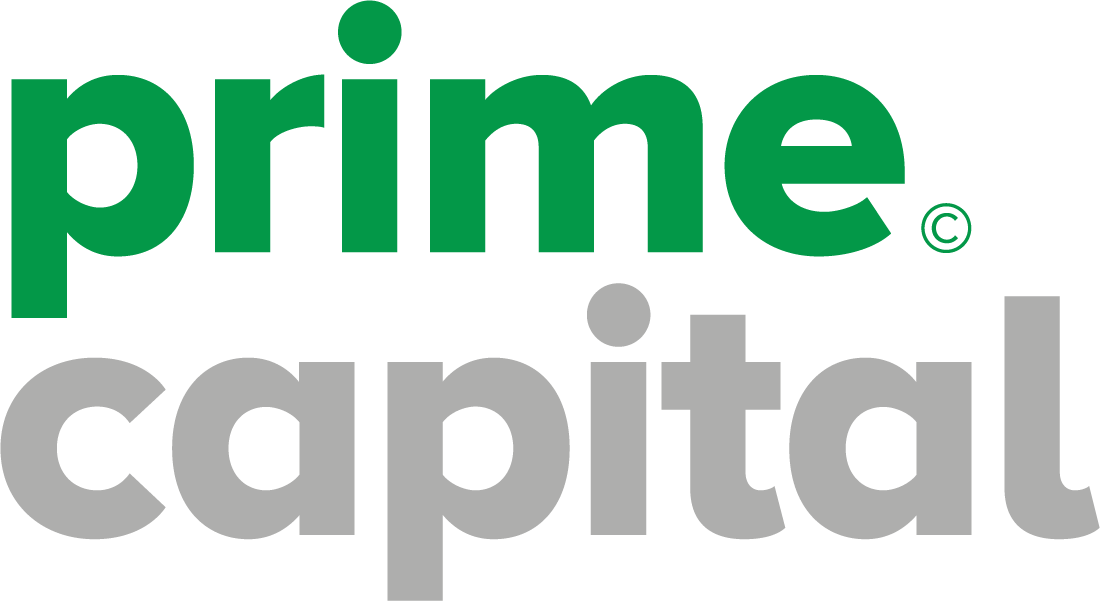For any business owner, understanding cash flow is one of the most crucial aspects of financial success and sustainability. While profitability may be the ultimate goal, cash flow is what keeps your business running smoothly. In this beginner’s guide, we’ll try to answer the question “What is cash flow in a business?” by exploring the concept of cash flow, its importance, and how to manage it effectively. Whether you’re a new entrepreneur or an aspiring business owner, this blog will provide you with valuable insights to navigate the sometimes confusing world of cash flow.
Definition of Cash Flow
Cash flow refers to the movement of money in and out of a business during a specific period of time. It represents actual cash that flows through a company, including cash coming in (from sales and other sources of revenue) and cash going out (expenses and obligations). It is important to understand that cash flow and profit are not the same. Profit is the surplus left after deducting expenses from revenue, while cash flow focuses on the timing and availability of cash. A business can be profitable but still face cash flow problems if the cash coming in doesn’t align with the cash going out.
Cash flow in a business can be either positive or negative, and both have significant implications. Positive cash flow means that the inflow of cash is greater than the outflow, resulting in a surplus of cash. This surplus can be used to reinvest in the business, pay off debts, or save for future opportunities. On the other hand, negative cash flow occurs when the outflow of cash exceeds the inflow, leading to a deficit. Negative cash flow can be a warning sign, indicating that the business needs to take immediate action to improve its financial health.
Types of Cash Flow
There are three main types of cash flow in a business – operating cash flow, investing cash flow, and financing cash flow. Let’s take a deeper look into each of these three types and what they mean for businesses.
Operating Cash Flow
This type of cash flow represents the cash generated or used in the day-to-day operations of a business, including revenue from sales, payment of expenses, and working capital (the money you use to run the business day to day). Operating cash also comes from money coming in from accounts receivable and which is later earmarked to go out for accounts payable. Measuring your business’ cash flow for operating activities is a key indicator of your company’s health – it shows that your business has the ability to generate NET cash from its core operations. Positive operating cash flow tells you, and your creditors, that your business is generating enough cash to cover its operational expenses and fund future growth. That means that you are running a resilient and sustainable business.
Investing Cash Flow
Investing cash flow involves the buying or selling of long-term assets, such as property, equipment, or investments. Inflows in this category may come from the sale of business assets (selling a piece of equipment at auction) , while outflows could be the purchase of new equipment or investments (buying a replacement piece of equipment). Investing cash flow is pivotal for businesses looking to expand, modernize, or invest in long-term projects. By carefully managing investing cash flow, businesses can make strategic decisions to optimize their asset portfolio and support future growth. (Sidebar: if you didn’t understand the reason for depreciation charges on your income statement that reduces the value of some assets on your balance sheet, it’s to ensure that you are pre-booking expenses that you may need to take on in the future, to replace/repair/upgrade the assets/equipment that you currently own – kind of like anticipating your future investment cash flow needs and pre-expensing those probable costs.)
Financing Cash Flow
Financing cash flow relates to the cash obtained from or used for financing activities. This includes issuing or repurchasing stocks, paying dividends, and receiving or repaying loans. You will see this on most Review Engagement and Audited financial statements, on a statement called “Statement of Cash Flows” – and it demonstrates how you are using external (borrowed) capital to increase the cash in your business. What a creditor (bank or lender) is looking at is how much borrowing you do to increase cash, vs cash from your operating (sales and profit) activities. Financing cash flow reflects the movement of cash between the business and its investors or creditors. If your business relies heavily on external funding sources to support its operations and growth, watching this inside your business can help you identify trends that are positive, or those that show your business is under stress. Borrowing more than the business is returning on that capital, if it’s for a long term strategic reason such as introducing a new automation or production line to your business is not a bad thing, as long as you pay attention to what is happening over time. Positive financing cash flow indicates that a business has secured sufficient financing to meet its financial needs and can fulfill its obligations to investors or creditors. Continual addition of debt, however, that doesn’t produce positive longer term results, can be a sign of a business that is not building big enough profit margins into its sales.
Importance of Cash Flow
Cash flow plays an integral role in the financial health and stability of a business. Here are some key reasons why having cash flow in your business is important:
- Meeting Financial Obligations: Positive cash flow ensures that a business can meet its financial obligations promptly, such as paying employees, suppliers, and creditors. It helps maintain trust and good relationships with stakeholders. And, trust is everything – when push comes to shove, you want stakeholders and lenders who will trust you and help you out when it is needed. It’s like having a penny in/penny out jar!
- Investing in Growth and Development: A healthy cash flow allows a business to invest in growth opportunities, such as expanding product lines, entering new markets, or upgrading infrastructure. It provides the financial flexibility to seize opportunities and stay competitive. New equipment might help you scale to differentiate from your competitor, or take on a great new customer, or become more efficient and save costs.
- Identifying Potential Issues or Opportunities: Monitoring cash flow enables businesses to identify potential issues early on, such as declining sales or excessive expenses. Additionally, positive cash flow can indicate opportunities for expansion, partnerships, or strategic investments. Being resilient is also key to helping you sleep at night – businesses that are stressed lead to owners that are stressed.
Cash flow provides a realistic picture of a business’s financial health, allowing you, your partners and managers to make informed decisions. It is the lifeblood that keeps the business running smoothly and ensures its long-term survival.
Managing Cash Flow
To effectively manage cash flow, businesses should consider the following strategies:
- Regularly monitor and analyze your cash flow statement to understand the inflows and outflows of cash, including cash flow for operating activities (what comes in from your sales and after expenses) and cash flow for financing activities (money you borrow). This will help identify trends, anticipate potential issues, and make informed decisions.
- Increase cash flow understanding – for example what drives your revenue and expenses – and what impacts those critical profit margins that give you a safety cushion for growth and resilience. Explore ways to increase sales, and especially be bold on improving collection processes and negotiating better terms with suppliers. Be frugal, particularly in a softening economy, and reduce unnecessary expenses. Additionally, consider optimizing financing options to minimize interest expenses and maximize available cash. This might mean consolidating some expenses and even getting rid of things you are not using any longer (like equipment that is gathering dust in the yard or shop). Cash in hand is, and always has been, king.
- Create cash flow projections (your accountant can help with this) based on different scenarios (stress testing) to anticipate future cash needs and identify potential gaps. This allows you to plan ahead, secure financing if necessary, and make adjustments to ensure positive cash flow. (it’s also much harder to get financing if you are already in a tough spot – it can become a lot more expensive too) . Keeping an eye on your revenues (and in particular your profit margins), and your expenses, also means using a critical (unsentimental) eye. You might find that some of your historical assumptions about work types, business projects, products and even customers are not true anymore, and that you need to make some hard (but business-saving) choices to conserve your resources.
- Implement effective cash flow management practices such as maintaining an adequate cash reserve. This could be a cash cushion for emergencies, a rule governing a part of your line of credit that you never use, or an investment that you can quickly liquidate if needed (with a big red sign on it IN CASE OF EMERGENCY).
- You will also drive value by managing inventory levels, and negotiating favourable payment terms with customers like quick pay discounts (because cash in your hand is better than an account receivable that is not getting paid) – the old adage “you can’t eat a doorknob” rings true here. Another strategy is working with your suppliers to arrange longer payment terms or negotiating just in time supply deliveries that can save you storage space and cost, and save you from having stale inventory on hand that then gets depreciated when not sold. You should also consider financing options for large purchases or investments (like accessing Purchase Order financing for large inventory purchases – you will pay when you get paid, saving your cash and allowing you to maybe buy in larger quantity at a bigger discount.
- If cash is king, spending your cash should be the last resort, when you have evaluated all the options. Evaluate financing alternatives to optimize cash flow for both operating and financing activities.
Cash flow is the lifeblood of any business, and understanding and managing it effectively is imperative to ensure long-term success. By distinguishing cash flow from profit, recognizing the different types of cash flow, and understanding its importance, entrepreneurs can make informed decisions to navigate financial challenges and seize opportunities.
For beginners, it is important to track and analyze cash flow regularly, explore ways to improve it, and plan for future scenarios. Effective cash flow management can lead to stable operations, financial growth, and the ability to invest in the business’s future. In the end, if things get a little bit tight, it’s up to you to make the decisions that will make your business strong and keep it going; great leaders make that a priority in their management activities.
If you need assistance with your business’s cash flow, Prime Capital is here to help. Our financing options for equipment leasing can help you free up cash flow for other business needs. Contact us today to explore how we can support your financial goals and help you manage your cash flow effectively.
Remember, cash flow is the backbone of your business’s financial health. Stay vigilant, adapt to changing circumstances, and make informed decisions to ensure a prosperous future for you and your business.



